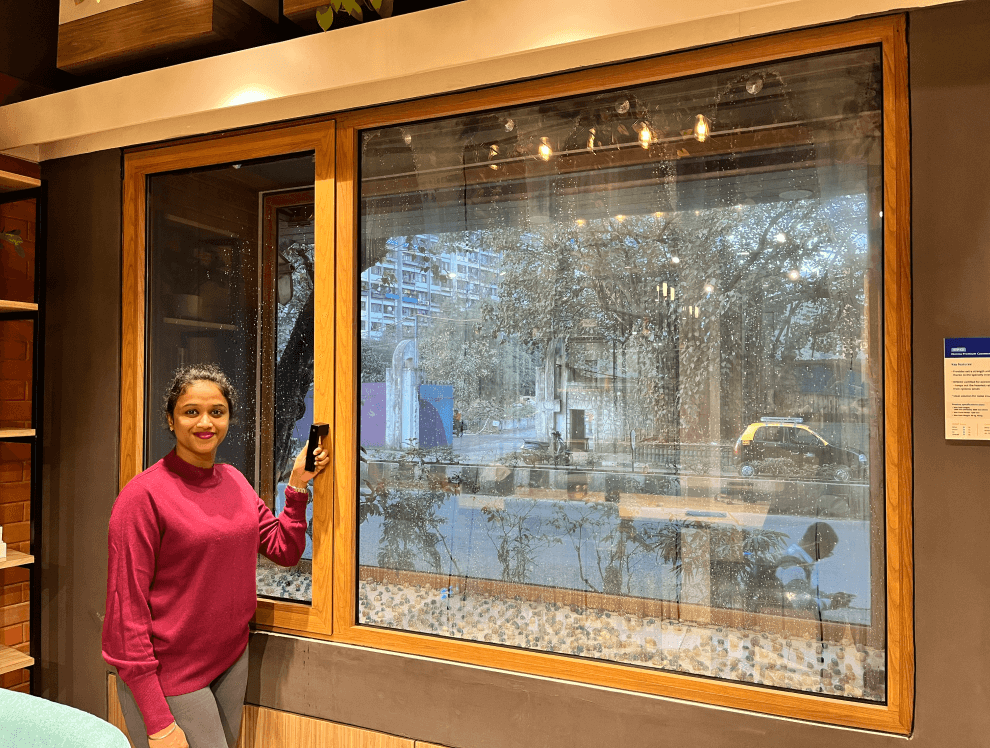Aluminium: The ‘Clay Silver’ That Built Our World
Metals have shaped human civilisation. Through history, they clanged on battlefields as weapons, adorned human bodies as ornaments, and smoked and sparked in steam engines and forges. From space shuttles and skyscrapers to smartphones, very little would have been achieved without metals, and life today would be very primitive, to say the least.
But of all the metals we owe our progress to, some of the most fascinating stories come from the metal that first lifted humans off the Earth: aluminium.
At the turn of the 20th century, American brothers and aspiring aviation pioneers Orville and Wilbur Wright were stumped by an obstacle. The airplane they had designed, the Wright Flyer, needed an engine with a very specific weight-to-power ratio; one that conventional automotive engines could not provide.

So, the brothers built a 12-horsepower engine whose secret was its lightweight aluminium crank-case. To fool competitors, the Wrights even painted this engine black to make it seem like iron! When the Wright Flyer hummed over the Kitty Hawk airfield for 12 grand seconds on December 17, 1903, aluminium (or aluminum, as it is called in the States) created aviation history.
It wasn’t the first time that aluminium had enabled flight, however. Three years earlier, an aluminium dirigible (lighter-than-air craft) designed by Count Ferdinand Zeppelin had taken off with five passengers in Germany.
Aluminium’s role in aviation apart, it has lifted human progress in more ways than we can measure. Writing in his 1865 novel From the Earth to the Moon, Jules Verne described it as “white as silver, as incorrodible as gold, as tenacious as iron, as fusible as copper, and as light as glass”. The exciting metal was clearly cutting-edge in Verne’s times. That’s because humankind has only unlocked aluminium’s secrets in the past 150 years, after electricity made its large-scale extraction from bauxite (a kind of clay) easier.
But the metal has served us in other forms for millennia before that. Ancient Egyptians used clay containing aluminium in pottery before 5000 BCE. At the time, and for centuries to follow, the science of extracting pure aluminium from ores did not exist. That’s because aluminium, despite being the third-most common element on earth, bonds so readily with oxygen that it is never found in its pure form in nature. This makes it different from, say gold, which was probably waiting in riverbeds for early humans to stumble upon it.
For thousands of years, humans used an aluminium-based salt called alum. Alum was exported by ancient Egyptians to Mesopotamia (modern Iraq) and later found its way to Europe, where it was used in paper-making, leather tanning, dyeing and for medical purposes, like to stem bleeding. It is unlikely that pure aluminium existed then because of the technological limitations of those times, but colourful legends jump out through history books nevertheless.
One such legend, chronicled by Roman commander and historian Pliny the Elder, refers to the Emperor Tiberius executing an eager alchemist who brought a mysterious silver-like material (possibly aluminium) to his court. Fearing that the shiny metal would devalue his gold and silver, the emperor snuffed out any chance of the material becoming known to the rest of the world.
Another story claims that the ornamental ‘Nanjing Belt’ – found around the waist of a Jin Dynasty (265-20 CE) skeleton excavated in China in 1952 – contained pure aluminium. While there is plenty of debate over these stories, modern history provides more reliable accounts of native aluminium’s origins.
In the early 1800s, English chemist Humphry Davy, who pioneered the use of electrolysis to discover new metals like sodium and potassium from metallic oxides, tried to separate aluminium from aluminium oxide (alumina). While he didn’t succeed, the name he gave to the newly-identified metal, stuck.
Hans Christian Ørsted, a Danish physicist, had more success. But his method of reducing alumina with potassium amalgam seems to have created aluminium chloride, rather than pure aluminium. The eventual credit was to go to German chemist Friedrich Wöhler, who refined Ørsted’s technique and eventually created pinhead-sized pieces of pure aluminium by 1845.
The work of Wöhler, and Henri Étienne Sainte-Claire Deville, whose improvements resulted in aluminium being available for commercial use, marked a huge leap forward. However, the metal still remained frightfully elite and expensive. The French emperor Napoleon III, who honoured Wöhler and Deville with the Légion d’Honneur in 1855, used aluminium plates and utensils for himself and his special guests at banquets. Other guests, meanwhile, had to make do with relatively inferior golden dishes.
The late 1800s was a period of frenetic advances in aluminium. The invention of the dynamo made it possible to electrolyse alumina at an industrial scale, and two inventors perfected the technique almost simultaneously. In fact, the method developed by American Charles Martin Hall and Frenchman Paul-Louis-Toussaint Héroult to cheaply extract pure aluminium is still used today.
The downside, if there even was one, was that aluminium no longer occupied the lofty position of being more precious than gold. In his 2010 book, The Disappearing Spoon […], science author Sam Kean wrote, “Aluminium’s sixty-year reign as the world’s most precious substance was glorious, but soon an American chemist [Charles Hall] ruined everything.”

It is indeed true that aluminium became cheaper and widely available after that. Its lightness, strength, and flexibility has put aluminium into more products that we can imagine. From beverage cans to fighter jets, and from NASA’s Mars Rovers to everyday home interiors, we would be hard pressed to go a day without encountering aluminium in some form.

The construction sector is a prime example. The Empire State Building in New York, which was completed in 1931, was the first building to be constructed using aluminium as an input material. Over time, the metal has been used in every aspect of contemporary buildings – from roofing, domes, panels, and external facades to interior fittings, doors, and windows.
The strength, lightness, ductility, anti-corrosive and fire-resistant properties of aluminium, besides its ability to take on sleek metallic finishes that stay intact for decades, makes it invaluable to architects.
For instance, large and beautiful windows – the hallmark of modern homes – are made possible because of light but strong aluminium frames. Aluminium’s role in optimising sunlight and its infinite recyclability also make it a vital part of energy-efficient buildings.
To know how companies like Hindalco are using super-durable and stunning aluminium alloys to make our homes safer and greener, click here (CTA).


 +91 97699 40000
+91 97699 40000

